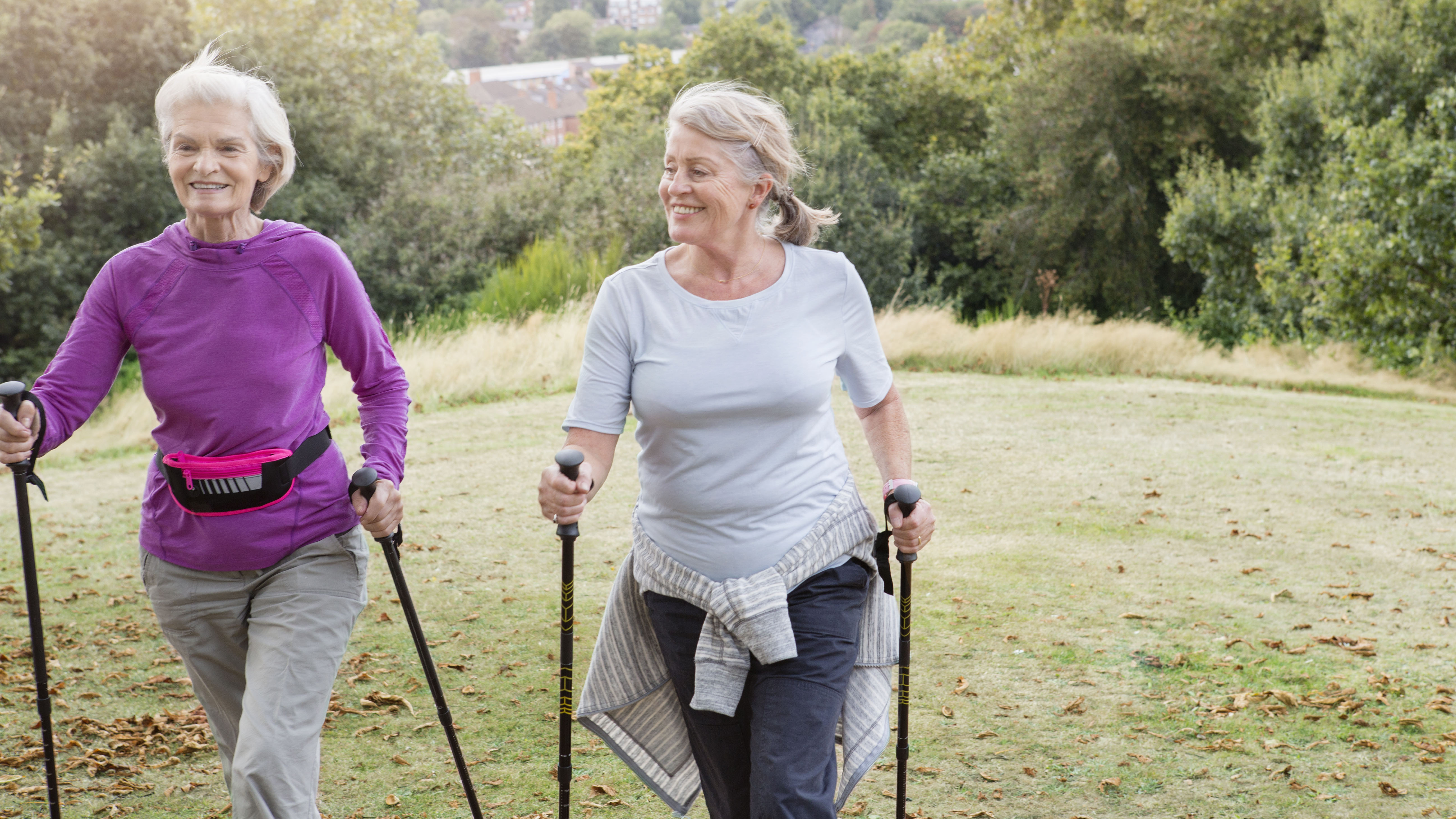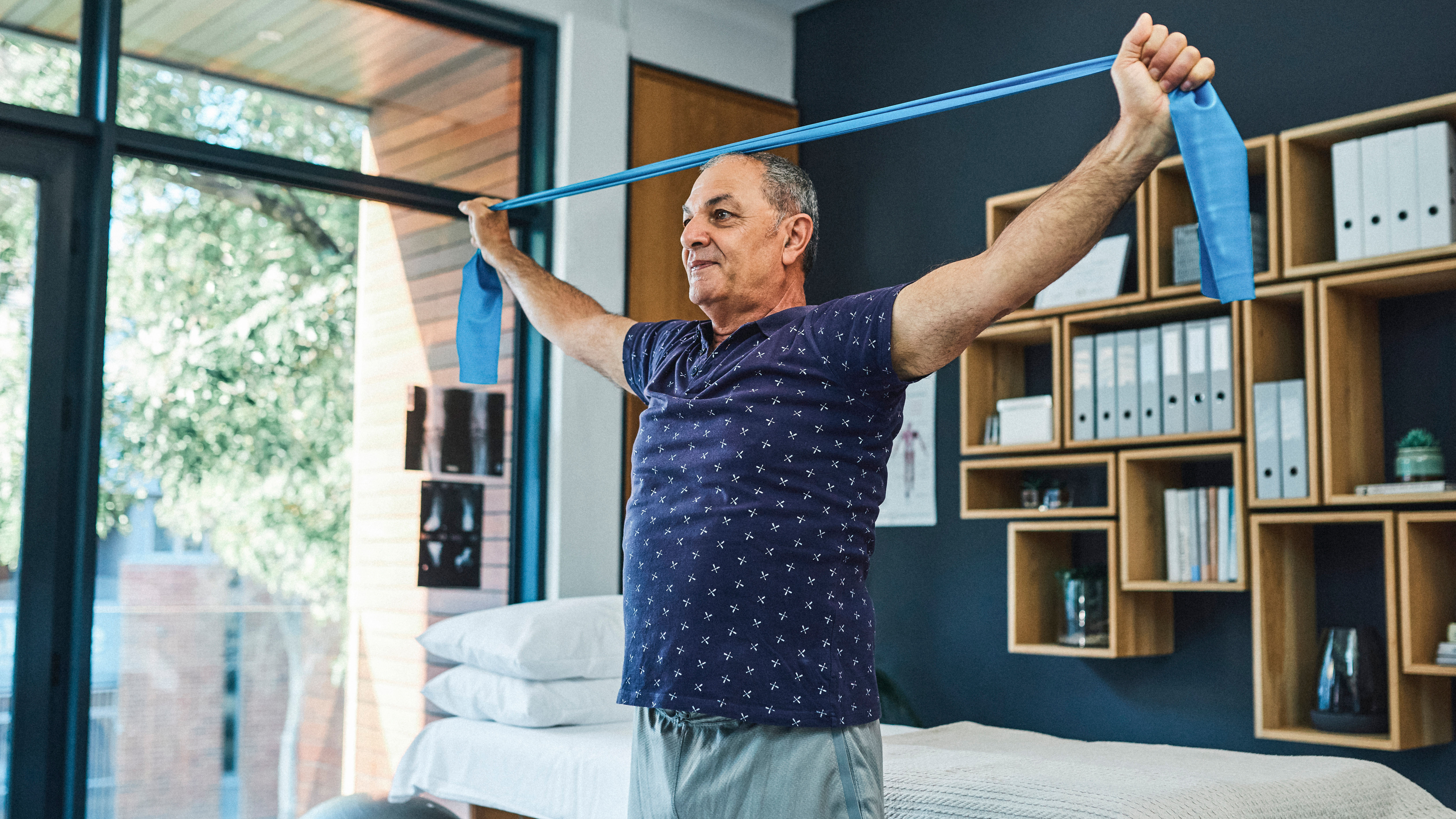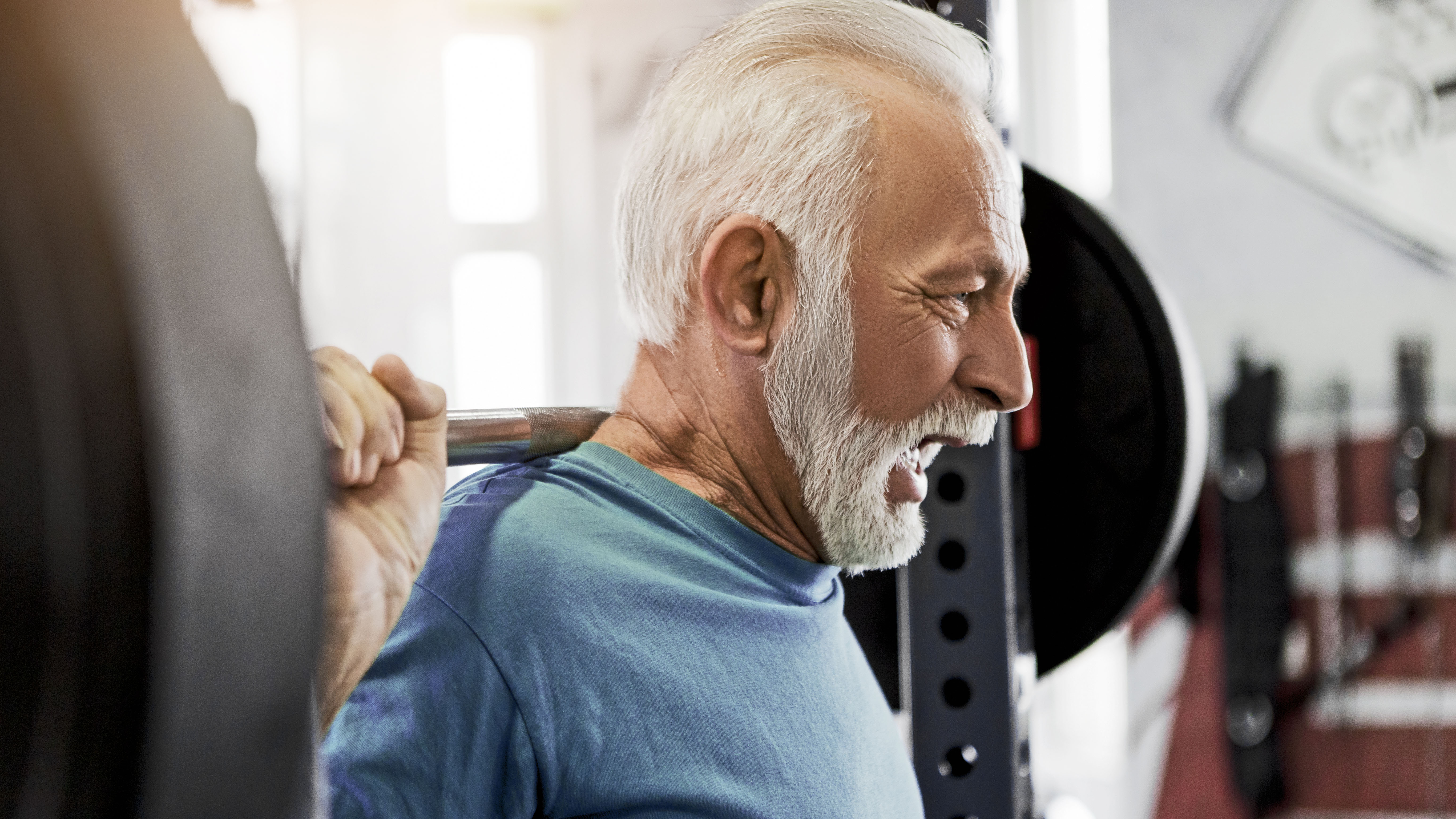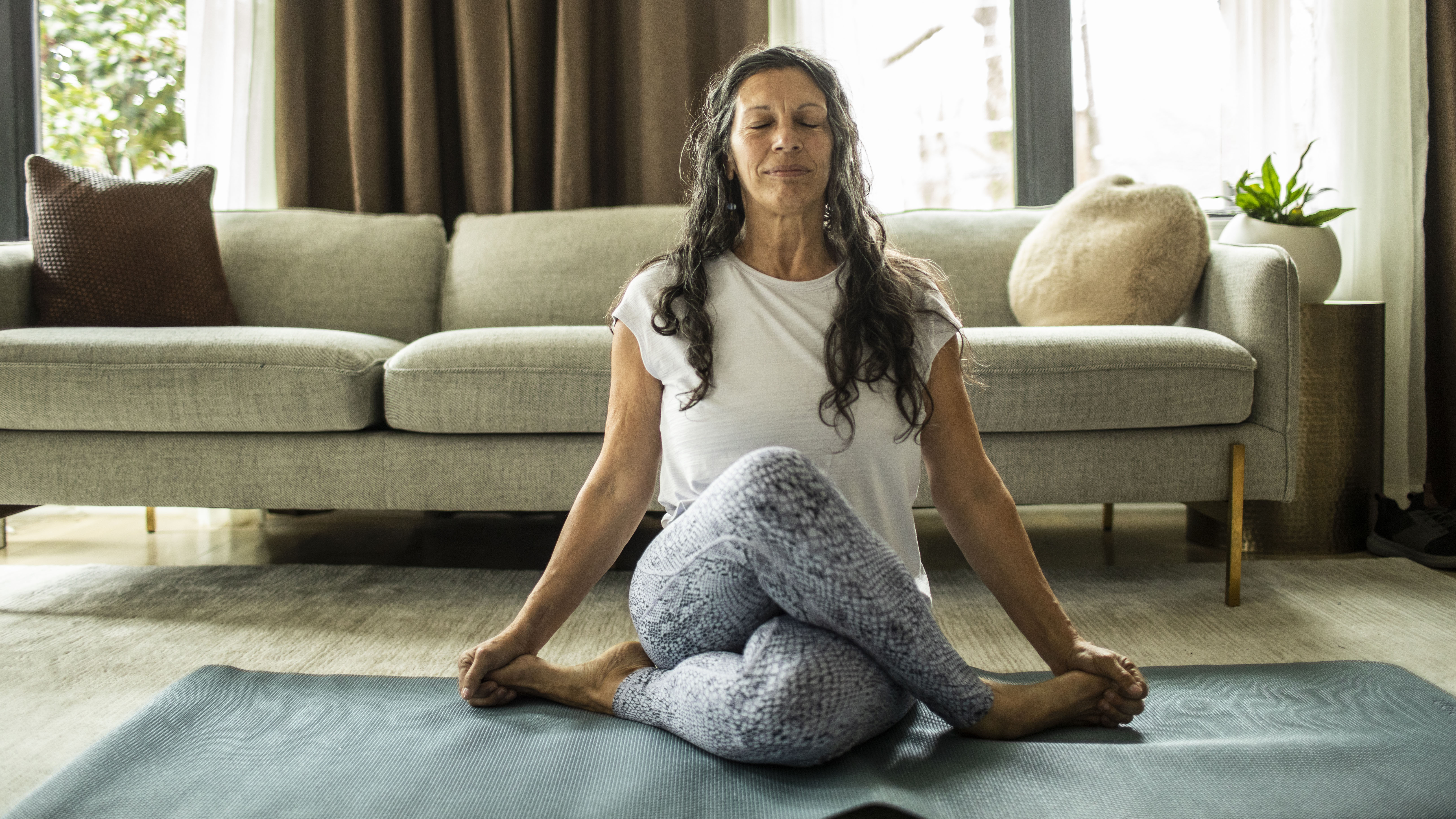Does exercise help arthritis? Here's what the experts say
Does exercise help arthritis and what activities are best for relieving symptoms? We asked a doctor to explain

The question ‘does exercise help arthritis?’ is one you may have found yourself pondering if you or someone you love suffers from this painful condition.
Arthritis is incredibly common, affecting about 1 in 4 US adults, according to the Centers for Disease Control and Prevention (CDC). Around half of people with arthritis experience some form of physical limitation due to their condition. While the risk of developing arthritis increases with age, it’s more common in less active or inactive people.
While the symptoms of arthritis can present a barrier to some forms of physical activity, experts agree that exercise is one of the most important ways to reduce pain, manage symptoms and even improve mobility.
Here, we take a closer look at the research into exercise and arthritis and speak to a medical expert to find out how exercise affects arthritis, which physical activities to try, and which ones to avoid.
Does exercise help arthritis?
Some days it may feel like a lot of effort to get moving if you have arthritis, but staying active can help to improve the symptoms of this common condition. According to the American College of Rheumatology (ACM), regular exercise can:
- reduce pain
- improve sleep
- improve day-to-day function and mobility
- reduce bone loss
- reduce small-joint damage
The CDC also recommends physical activity for people with arthritis, reporting that it can improve mood and quality of life — something that research supports.
A randomized controlled trial in 2018 that was published in Arthritis Care and Research found that aerobic and resistance exercises improved physical fitness in older adults with rheumatoid arthritis, increasing their aerobic capacity, endurance and strength.

A systematic review in the Journal of Advanced Nursing went so far as to say, “For RA patients, any exercise is better than no exercise.” In addition, a 2018 meta-analysis in the Archives of Physical Medicine and Rehabilitation looking at children and adolescents with juvenile idiopathic arthritis found that physical activity improved their quality of life and daily function and reduced pain.
“Regular exercise is one of the best ways you can help to reduce arthritic pain and keep your joints in good working order,” says Dr. Robin Clark, a medical director of Bupa. “Along with improving your fitness levels and helping to improve your muscle strength, exercising may help you to feel better generally.”

Robin qualified as a doctor in 2004 and has over 15 years of clinical and management experience in the UK's national and private health sector. He started his career as a general medical practitioner, before working as a clinical director at a US healthcare company and later as a director of a national health service locality group. He joined BUPA, a private healthcare provider, in 2015.
Best exercises for arthritis
“Before starting any exercise, it’s wise to speak to a specialist to explain your symptoms,” says Clark. “They may give you some advice about exercises to try, or they may recommend a more structured program to help specifically with your symptoms.”
Clark recommends trying out a variety of exercises based on advice. This will help you find out what you enjoy. In addition, he suggests physical activities that incorporate the following.
Strengthening
Exercises where you use a weight, or resistance using your own body, will help strengthen your muscles and joints and reduce bone loss. They may even reduce the need for certain medications, such as corticosteroids. The ACM recommends using a weight or resistance with enough intensity to challenge the muscles without increasing joint pain.
Handheld weights, the best resistance bands, or even swimming can improve muscle strength.

Aerobic
These exercises increase your heart rate and make you get a little out of breath. Low-impact aerobic activities, like cycling (either outdoors or on one of the best exercise bikes) walking, or swimming, can help reduce joint strain and improve heart, lung and muscle function. They can also reduce the risk of obesity, improve sleep and boost your mood.
Flexibility
These exercises stretch out your muscles and help to keep your joints moving well. The ACM suggests golf, tennis, yoga and Tai Chi to improve your range of motion (ROM) and flexibility. Using one of the best foam rollers may also improve your ROM.

Body awareness
The ACM also recommends body awareness exercises. These include physical activities to improve posture, balance, joint position sense, coordination and relaxation. Tai chi and yoga incorporate these elements.
Exercises to avoid
Exercises that involve both feet off the ground, while jumping for example, put too much pressure and strain on the joints and increase pain rapidly.
High-impact, vigorous exercises such as aerobics and running may also affect the joints.
Whatever you decide to try, the CDC has a helpful checklist of S.M.A.R.T. tips to ensure you stay safe during exercise:
- Start low and slow
- Modify activities when your symptoms increase rather than stopping
- Activities should be joint-friendly
- Recognize safe places and ways to be active
- Talk to a health professional or exercise specialist for advice
“If you encounter pain, that’s your body’s way of telling you that you’re doing too much,” says Clark. “It’s also useful not to force yourself to exercise that you don’t enjoy. Exercising is about finding something you want to stick to that keeps you fit and well.”
This article is not meant to offer medical advice and readers should consult their doctor or healthcare professional before adopting any diet or exercise regime.
Sign up for the Live Science daily newsletter now
Get the world’s most fascinating discoveries delivered straight to your inbox.
Joanne Lewsley is a UK-based freelance writer and editor, covering health and lifestyle news and features. She mainly creates evidence-based health and parenting content and has worked with a number of global sites, including BabyCentre UK, Medical News Today, Fit & Well, Top Ten Reviews, and Yahoo!











